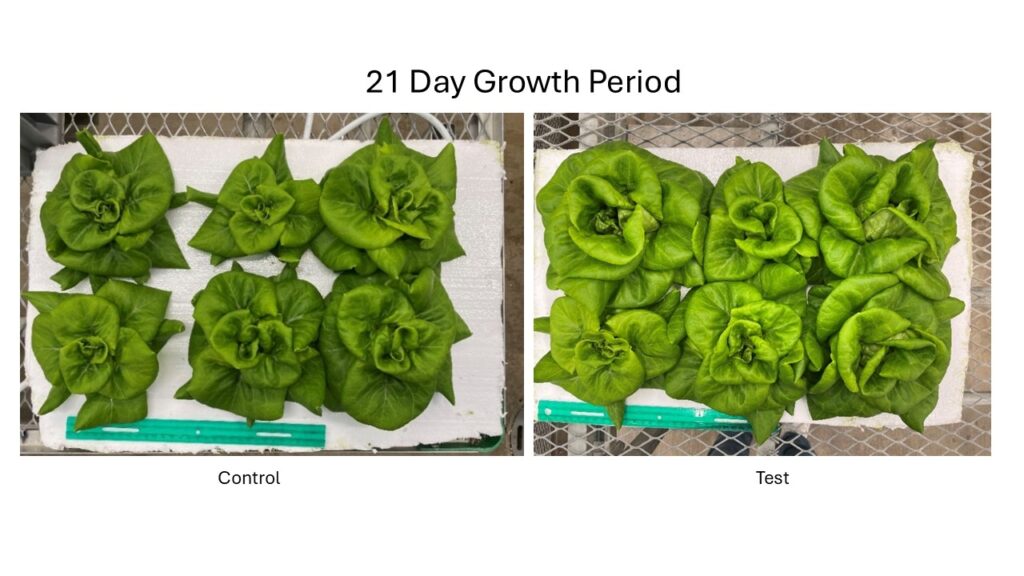Agriculture
October 23, 2024—Beginning in 2019, the Wells Fargo Innovation Incubator (IN2) partnered with the Donald Danforth Plant Science Center in St. Louis, Missouri on a series of cohorts focused on sustainable agriculture technologies. For the 10th anniversary of IN2, the program is checking in on the participants of the first cohort of the agtech program.
For farmers seeking to save money and increase output, SolGro offers an innovative solution. Founder and CEO Tyler Sickels believes his technology—a plastic material for greenhouses that alters the light spectrum—can significantly boost productivity while reducing energy costs.
“We developed a special material that shifts sunlight to the red-blue spectrum,” Sickels said. “Plants under our material mature faster and farmers can increase the overall crop yield.”
Most modern greenhouses use plastic coverings instead of glass because it is less expensive. SolGro’s material, a plastic additive originally developed at the University of Texas at Arlington, enhances traditional plastic by increasing light efficiency without additional power. That reduces the need for artificial lighting, which can be a $1 million annual expense for large greenhouses.
There are usually three different materials used for greenhouse roofs. The most expensive is glass, and SolGro can add their plastic additive as a layer onto glass as well. Another is acrylic and the third is the plastic. About 90% of greenhouse square footage is plastic because it is the least expensive, but due to wear and tear, farmers must replace the roof about every four years.
“For the average farmer, they just need their plants covered so they can grow,” Sickels said. “Our plastic is more expensive than traditional polyethylene glazing, but users are saving money on artificial lighting and increasing their yield by about 20% as proven by our test results from Danforth.”

Plants mature faster under SolGro’s greenhouse material that shifts sunlight to the red-blue spectrum and farmers can increase the overall crop yield. Photo courtesy of Tyler Sickels
This yield improvement comes from either growing larger produce or cycling through different crops about a week faster than normal. Sickels also estimates there is at least 20% in savings from reduced energy consumption.
“If we can cut down on the use of artificial light by even a couple hours, it ends up being a substantial energy reduction,” he said. “Large greenhouses may still need to run them a bit, but we’ve seen a 20% reduction in run time. Some smaller greenhouses may not even need artificial lighting with our plastic.”
Sickels describes SolGro’s participation in the IN2 program as a pivotal experience.
“Being able to say, ‘Hey, we have data from the Danforth Center,’ was a massive win for a young startup,” Sickels said. “The Center’s reputation as a prestigious, independent body added significant credibility to our work.”
During the time with IN2, SolGro worked with researchers Jim Umen and Ru Zhang and tested its technology on lettuce crops with impressive results.
“It helped us fine tune our product,” Sickels said. “It was extremely significant. We were able to leverage the results and the program to accelerate our progress. It’s hard to quantify just how much IN2 helped us, but it was transformative.”
Looking ahead, SolGro is focused on securing pilot projects to move closer to commercialization and is looking for pilot and distribution partners.
“Once we have all that data from the pilots, we’ll be ready to take the technology to market,” Sickels said.
